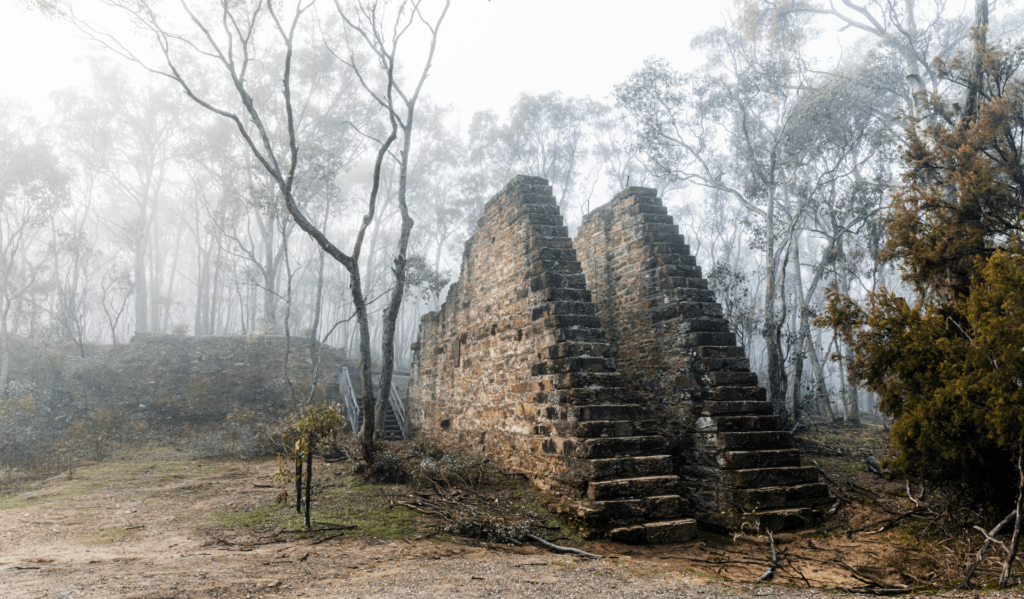Victoria’s Goldfields, home to the most intact and expansive goldrush landscapes in the world, has taken a major step toward international recognition by being added to Australia’s World Heritage Tentative List.
This marks the first formal step toward securing UNESCO World Heritage status, a move that acknowledges the region’s extraordinary historical, cultural, and environmental significance.
Spanning more than 20 per cent of Victoria’s landmass, the Goldfields tell the story of the 19th-century gold rush that reshaped the state. From the grand Victorian-era buildings of Bendigo to the hard rock open-cut mines of Castlemaine, the landscape remains a living museum of gold mining history.
The area also holds deep cultural significance for First Nations communities, including the Dja Dja Wurrung and Gunaikurnai peoples.
Currently drawing millions of visitors and contributing over $1.8 billion annually to the regional economy, World Heritage status is expected to boost tourism even further, attracting 2.2 million additional visitors within a decade.
The listing is the result of a collaborative effort between the state and Commonwealth governments, First Nations groups, and 15 local councils. The nomination will continue to evolve, with six key areas already identified, including Bendigo, Castlemaine, and Walhalla’s alpine mining landscape.

